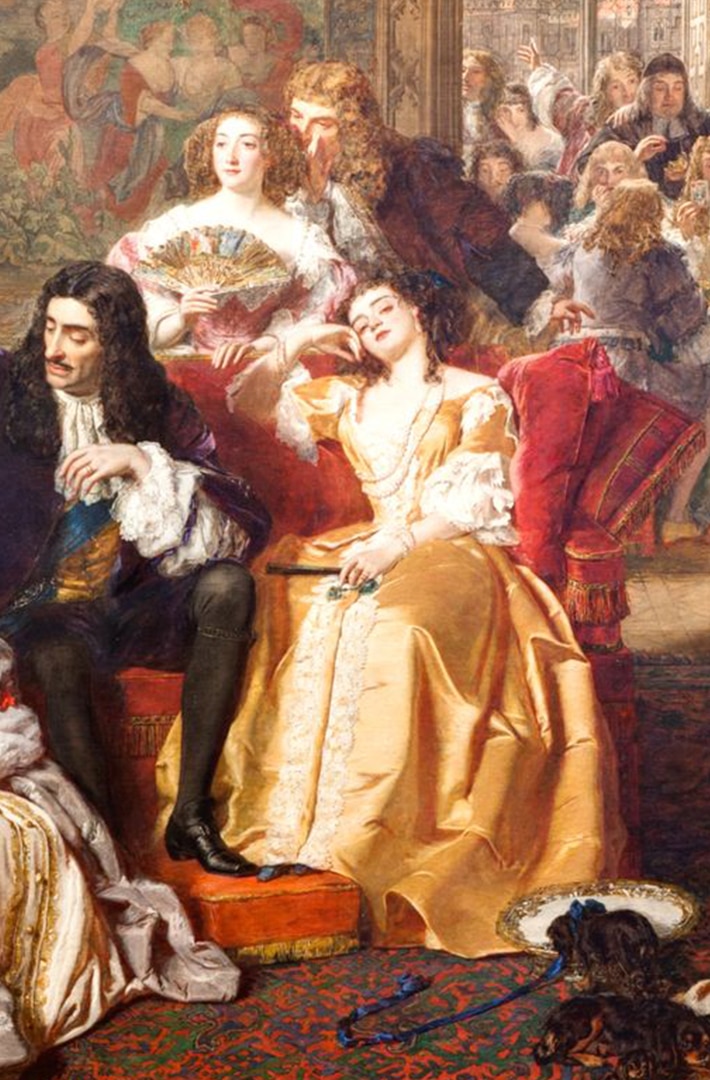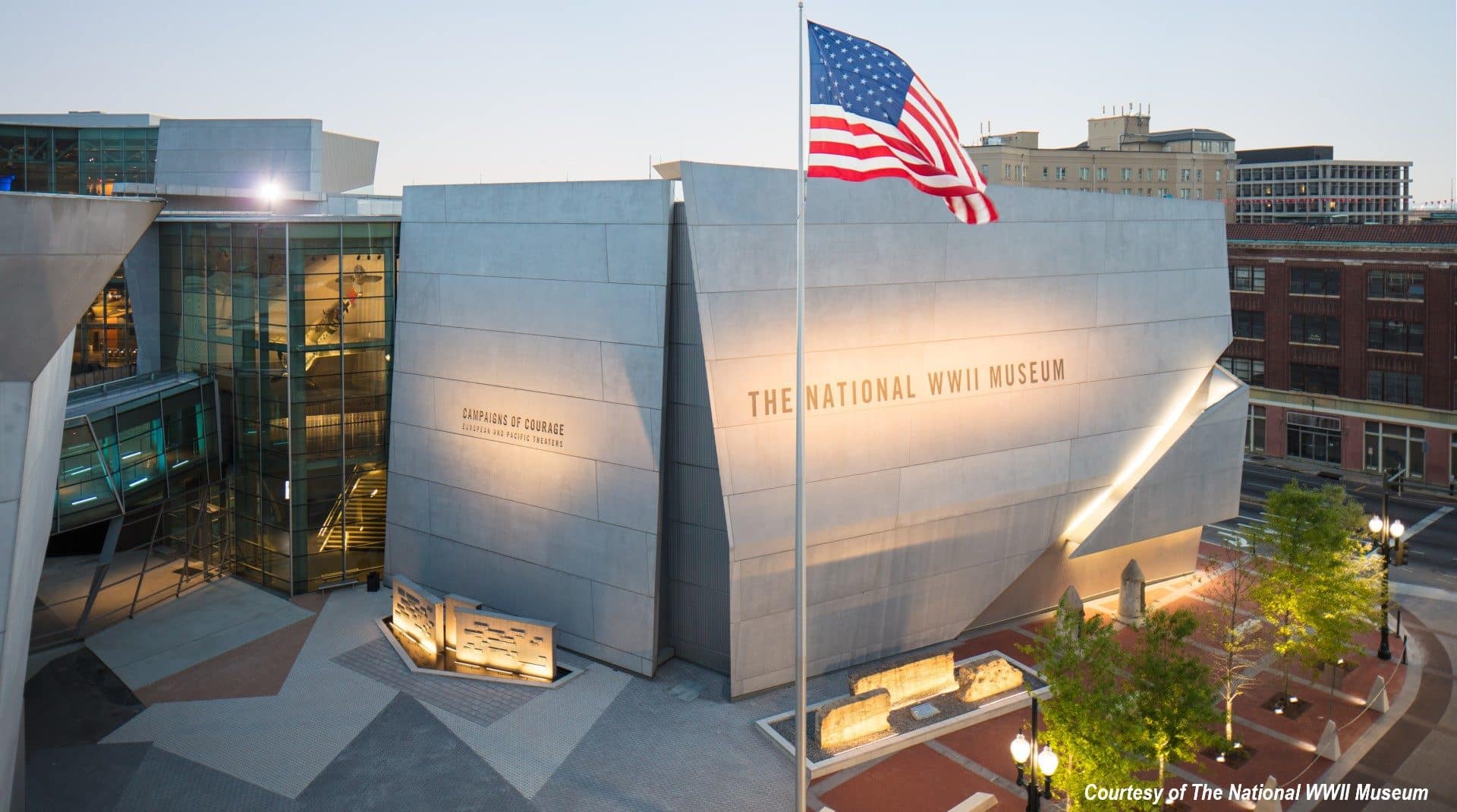The museum scene in New Orleans is vibrant and diverse, with a wide range of institutions that showcase the city's rich history and cultural heritage
Recognized as the No. 3 museum in the United States and the No. 1 attraction in New Orleans, this museum was founded in 2000 as the National D-Day Museum and is now designated by Congress as the country’s official World War II Museum. This remarkable institution illuminates the American experience during the World War II years with moving personal stories, historic artifacts and powerful interactive displays. From the Normandy invasion to the sands of Pacific Islands and the Home Front, the museum brings to life the teamwork, optimism, courage and sacrifice of the men and women who won the war and changed the world.
Located in City Park, the city’s oldest fine arts organization has a permanent collection of more than 40,000 objects valued in excess of $200 million. The collection, noted for its extraordinary strengths in French and American art, photography, glass, and African and Japanese works, continues to grow. The five-acre Sydney and Walda Besthoff Sculpture Garden at NOMA is one of the most important sculpture installations in the United States, with over 60 sculptures situated on a beautifully landscaped site among meandering footpaths, reflecting lagoons, Spanish moss-laden 200-year-old live oaks, mature pines, magnolias, camellias and pedestrian bridges.
No visit to the French Quarter would be complete without a stop by Jackson Square, which is also home to The Cabildo, a Spanish colonial building that sits next to St. Louis Cathedral and houses more than five hundred artifacts and original works of art, including "The Battle of New Orleans", Eugene Louis Lami’s huge 1839 painting depicting the final battle of the War of 1812. Also on display is the mold for Napoleon’s death mask crafted by Dr. Francesco Antommarchi, one of Napoleon’s physicians, shortly after the French leader’s death in 1821. Portraits of famous (and infamous) Louisiana figures and many interactive displays, all of which tell the story of Louisiana and its place in American history, can be found throughout the museum.
Designed in 1791 to match the Cabildo, The Presbytère also sits next to St. Louis Cathedral in the French Quarter. The museum is home to two permanent exhibits about the history of Louisiana. "Mardi Gras: It’s Carnival Time in Louisiana" offers a window into the annual celebration and features parade floats, costumes, historical throws, Mardi Gras albums, records, sheet music and more. The other exhibit, "Living with Hurricanes: Katrina and Beyond," documents not only the storm itself, but also the aftermath and southeast Louisiana’s ongoing recovery.
The Contemporary Arts Center New Orleans is located in the Arts District along with museums, galleries, fine restaurants and residences. Situated between the French Quarter and the Garden District, the Arts District is served by the St. Charles and Riverfront streetcars. Coordinated art openings are held on the first Saturday of each month, and annual events include Art for Art’s Sake in October, Jammin’ on Julia in May, and White Linen Night in August.
Located at 925 Camp Street, and an affiliate of The Smithsonian Institution, the Ogden Museum of Southern Art is home to the most comprehensive collection of Southern art in the world. Showcasing art encompassing 15 Southern States and the District of Columbia, the museum celebrates the art, history and culture of the American South.
Housed in seven adjacent 18th and 19th-century buildings in the French Quarter, the collection includes galleries, a house, a museum and changing exhibits that focus on New Orleans’ past

